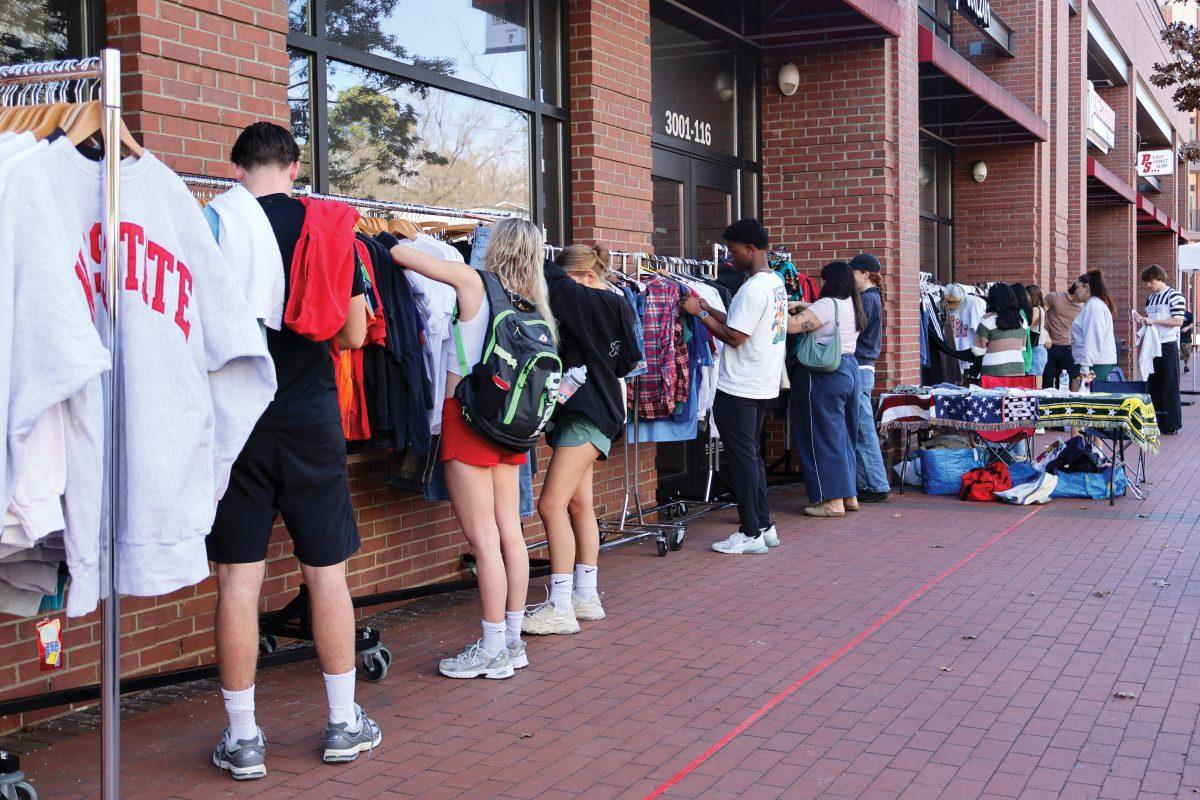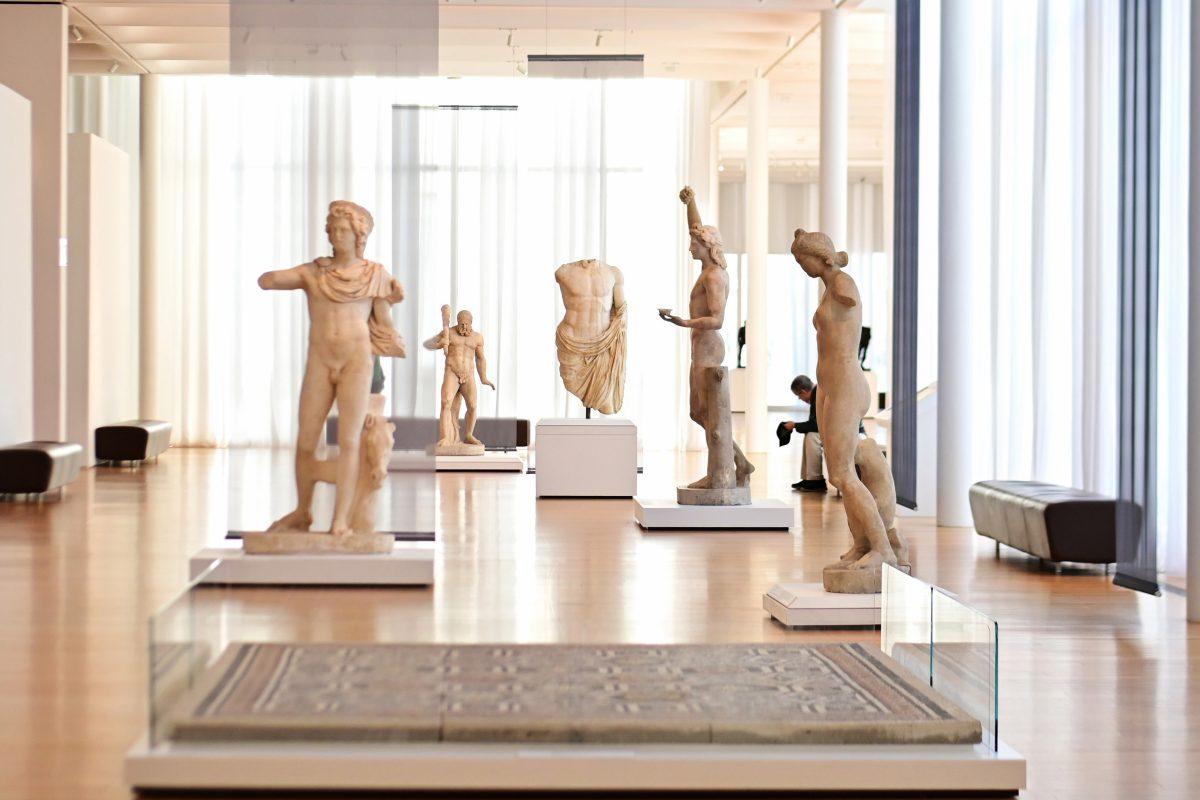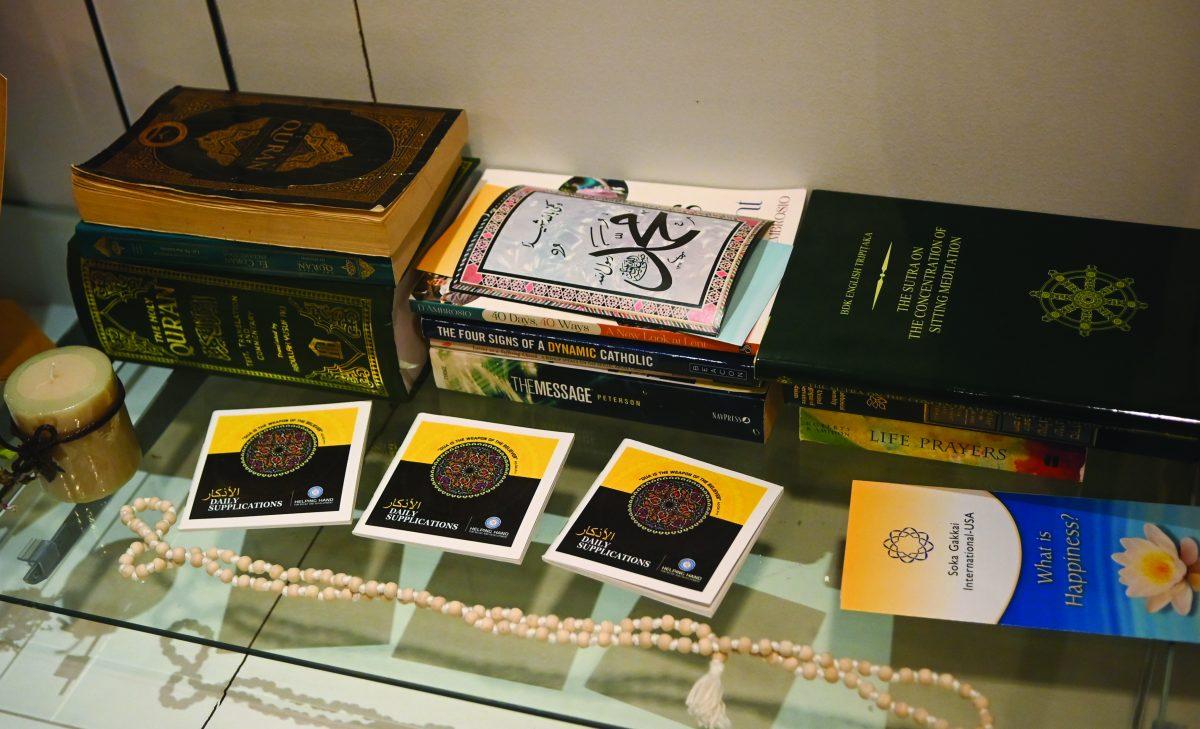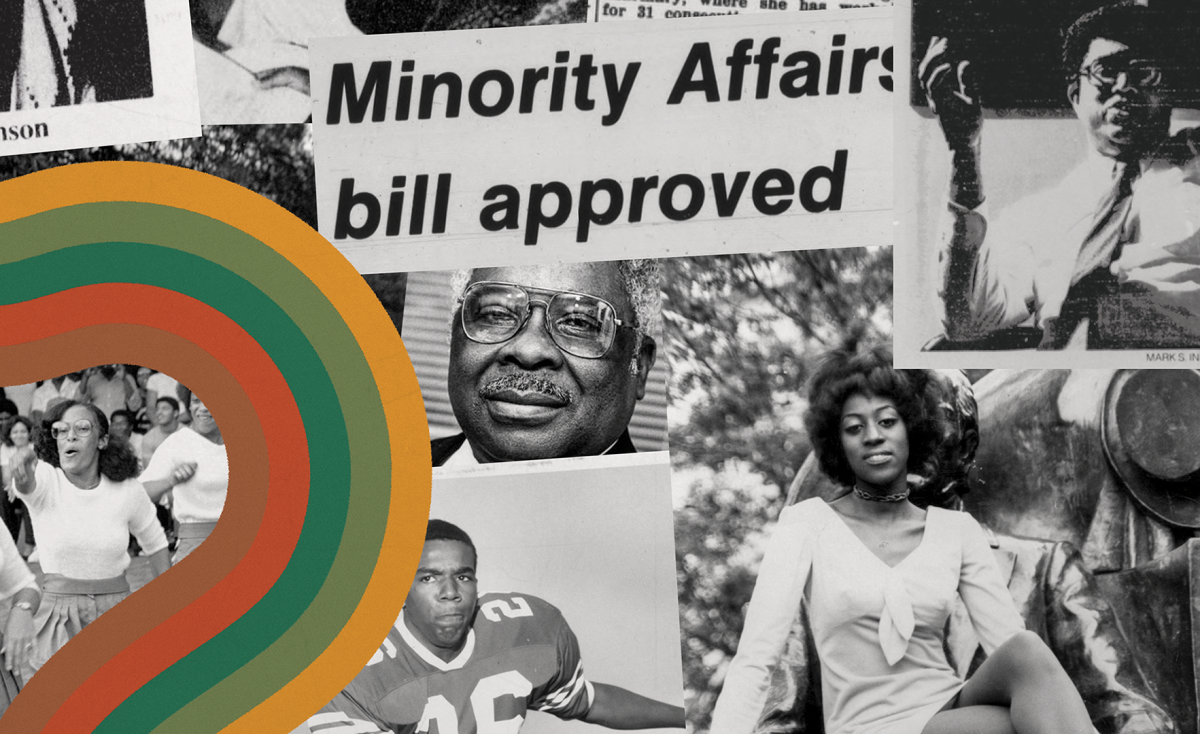After the American Revolution, the area where Raleigh is now located was chosen as the future site of the state capital. With Fayetteville Street as the main construction zone, downtown Raleigh holds many stories and interesting pasts.
Andrew Nason, a local historian and current graduate student at NC State, guided and walked a group through some of downtown Raleigh’s most famous historical landmarks, sharing facts about their pasts.
Sir Walter Hotel
The Sir Walter Hotel is located in the middle of Fayetteville Street, which made it a lively spot for early settlers. Nicknamed the “third house of state government,” the Sir Walter Hotel was a gathering place for many legislators in its early days. It also doubled as a speakeasy during the times of prohibition. Later on in the 1970s, the building was turned into a senior living space.
Christ Church
Christ Church was established in downtown Raleigh as the first Episcopal congregation of Raleigh since 1821. This building was completed in 1861, and has a Gothic architectural style to bring in light and express local grandeur. It still holds services and is marked as a historical landmark for downtown Raleigh.
The Briggs Building
A long-standing hardware store, the Briggs Building is one of the only unaltered architectural pieces left in downtown Raleigh. With its unique style of lion heads atop window sills surrounding windows that extend vertically, it stands out as Raleigh’s first skyscraper — standing a whopping 100 feet. The top three floors of the building were rented out to various individuals, one of which was a hunter who stored his taxidermy birds on the top two floors. This man ended up partnering with a local museum to make the earliest form of the NC Museum of Natural Science.
The Capitol Building
The North Carolina Capitol Building opened in 1840 and is still used by the governor and lieutenant governor as a workplace. It used to hold many more state offices, such as the Supreme Court and the chambers of the General Assembly. The building is made of granite, which took some effort to transplant such heavy stone to the site of the Capitol. In order to do so, the workers used what is loosely named the “Experimental Railroad,” North Carolina’s first railroad.
Charles Duncan Mciver Statue
Charles Duncan Mciver was quite the advocate for excellent education for all people. Since women at the time had limited access to education, they became his focus. He claimed there was a flaw in the education system and took steps to change it. After graduating from NC State, he created a university for girls. It was the first public university where women had opportunities to take classes outside of home economics and dress manufacturing. This school is now known as the University of North Carolina at Greensboro.
Just Like the Liberty Bell
This site holds a bell the exact size, weight and make of the original Liberty Bell before it cracked. Therefore, its ring is the tone the original would have sounded like when rung. President Harry S. Truman had multiple copies of the Liberty Bell created and distributed to the states — North Carolina’s bell ended up in downtown Raleigh.
Haywood Hall
Haywood Hall was built for North Carolina’s state treasurer of 40 years, John Haywood. His family held ownership of the house until the late 1970s. After Haywood’s death, the state looked closer into his accounts and found that he had stolen a significant amount of money throughout his life. His family ended up paying off a majority of it at the time but maintained their popularity and status, plus the house.














